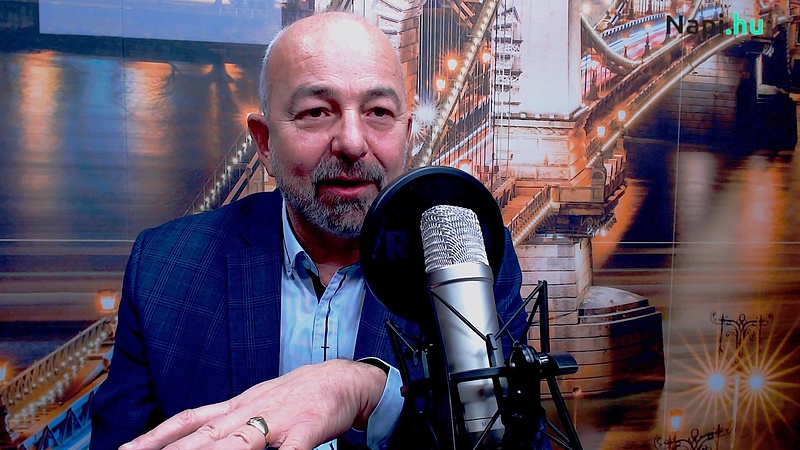We are starting to use a new format on Napi.hu: with the help of podcasts supplemented with cameras, we are trying to find answers to current economic, financial, energy and business topics. For the first time, we set out to explain what happens to coal? Whether the decision to withdraw coal after 200 years of shared history is realistic.
It came as a big surprise that at the Glasgow Climate Summit, it wasn’t China, the US or India that was shamed, but Australia, which recently topped the energy news, producing the lowest carbon dioxide emissions in 30 years. Or that, despite attempts by the government to maneuver, the Canberra alliance has failed and the “monster,” the Yallorn power plant, with boilers to replace energy storage systems, will be shut down years ahead of schedule.
However, the biggest thing about the Climate Summit was the study of a think tank called Man (Embers). Foot: Australia’s per capita carbon emissions are almost double that of much-criticized China.
Napi.hu’s video audio broadcast, hosted by energy expert Atilla Holuda, will begin this year.
The discussion began with a focus on Australia, but soon the scope of the interpretation became global, and Attila Holuda also noted the links between energy and other coal uses. “Maybe we should try not to mess with ourselves sometimes,” the expert said, also noting that in many places today it is believed and claimed that coal can be run in power generation from moment to moment.
What will happen after AZ?
But where is the realistic target date in this case? Could European governments get excited when, from 2025 to 2030, most of them pledge to shut down coal-fired power plants? And is it true that if Australia stopped using coal, much of China, India, Japan and Asia would be in an even more difficult situation? These questions were also answered in the podcast video above.
At one point in the interview, when it came to the need for states and companies to offset climate change in exchange for carbon, the question was asked.: Can the system be changed without damage?
Attila Holuda’s response to this was that “we can never switch systems without injuries, and that may be the first lie we have to face, because this is not a win-win situation.” Where is behind clean coal technology? that itWhat is the benefit of coal other than burning?
According to the energy expert, this means not only the survival of coal, but also a much greater potential if coal finds a new place in the world. The advent of carbon fiber technology and activated carbon filters shows this trend.












































